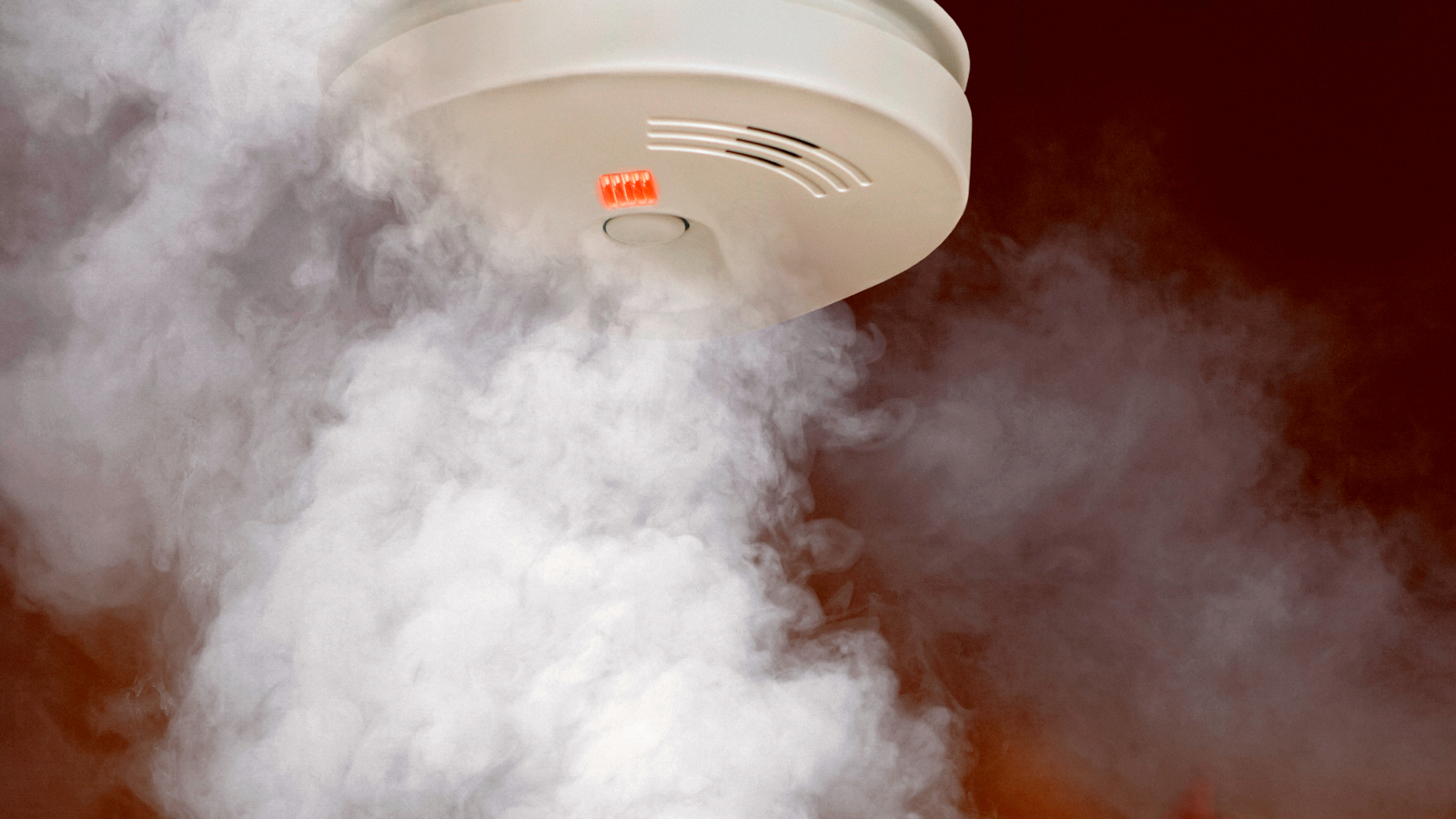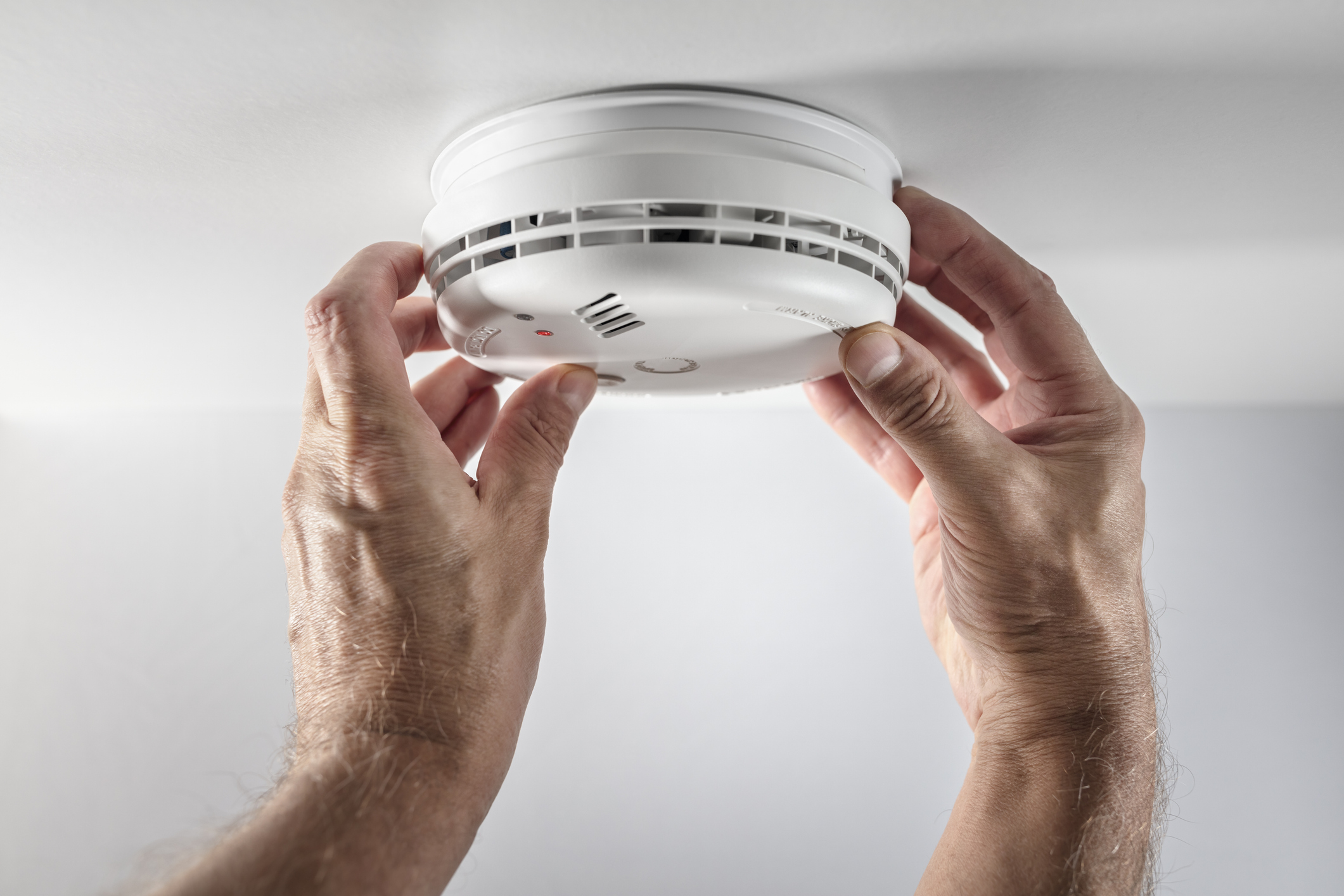How Often Should You Check Smoke and CO Detectors?

When it comes to home safety, few devices are as important as your smoke and carbon monoxide (CO) detectors. These small, inexpensive tools can make a life-saving difference, alerting you to danger long before you’d otherwise notice it. But just installing them isn’t enough. To ensure they work when you need them most, regular testing and maintenance are essential.
At T.H. Malloy & Sons, Inc., we care about your home’s comfort and safety. Beyond providing dependable heating oil delivery and HVAC services across Cumberland and nearby Rhode Island communities, we also encourage homeowners to take preventive steps like routine detector checks.
Why Regular Checks Are Important

Smoke and CO detectors are your first line of defense against fire and gas-related emergencies. Over time, dust, age, or even a dying battery can cause these devices to fail. Without proper maintenance, a silent issue could stop the detector from alerting you when danger strikes, especially during the colder months when heating systems are in constant use.
How Often Should You Test Your Detectors?
Here’s a simple schedule to follow for year-round peace of mind:
- Test Monthly: Press and hold the test button on your smoke and CO detectors at least once a month. The alarm should sound loudly, if it doesn’t, replace the batteries or the device immediately.
- Replace Batteries Every 6 Months: Even if your detectors still work, swap out the batteries every six months. A good reminder is to do this when you adjust your clocks for daylight saving time in spring and fall.
- Clean Detectors Every 3–4 Months: Dust and debris can block the sensors inside your alarms. Gently vacuum around the openings to keep them clear and functional.
- Replace Units Every 7–10 Years: Detectors lose sensitivity over time. Check the manufacturer’s label for the expiration date and replace outdated units promptly to ensure reliability.
Special Considerations for Heating Season
As a heating oil supplier and HVAC contractor, we know that fall and winter bring higher risks of carbon monoxide buildup from furnaces, boilers, and other heating systems. Before the cold season sets in, make it a habit to:
- Test all detectors before turning on your heating system.
- Have your furnace or boiler inspected for leaks and proper ventilation.
- Ensure at least one CO detector is installed near your home’s sleeping areas and one on each level of your home.
These simple steps can help prevent emergencies caused by malfunctioning equipment or unseen CO leaks.
Contact T.H. Malloy & Sons, Inc. for Smoke and CO Detectors Maintenance
Your comfort and safety are our top priorities. At T.H. Malloy & Sons, Inc., we provide more than just heating oil delivery, we deliver peace of mind through expert HVAC maintenance and reliable service.
If it’s been a while since your last system check, contact our team to schedule a seasonal heating inspection. We’ll make sure your equipment is running safely and efficiently all winter long.
Call us today to learn more about how we can help you stay warm and protected this heating season.
Frequently Asked Questions
FAQ 1: How often should I test my smoke and CO detectors?
You should test both smoke and carbon monoxide (CO) detectors at least once a month by pressing the “test” button and verifying the alarm sounds.
FAQ 2: When should I change the batteries in my detectors?
If your detectors use replaceable batteries, change them every 6 months (or at least once a year, depending on the model).
FAQ 3: How long do smoke and CO detectors last before needing replacement?
- Smoke detectors: Replace every 10 years (or per manufacturer instructions).
- CO detectors: Typically have a lifespan of 5 to 7 years before replacement is needed.
FAQ 4: Are there other maintenance steps besides testing and battery changes?
Yes — to help ensure reliable operation:
- Clean the units (e.g. vacuum around vents or dust gently) every few months to prevent buildup.
- Visually inspect detectors semiannually to confirm they’re mounted correctly, free from damage, and unobstructed.
- Follow manufacturer instructions: Some models may require more frequent functional or sensitivity testing.
Stay Informed with Our Newsletter
Sign up to receive our latest updates

Insights for Your Home Comfort
Stay informed and ahead of the weather with our expert insights. Visit our blog for the latest updates and tips to maximize your home comfort.
